How to stop a washer from shaking – 4 tricks appliances pros swear by to stop your washer sounding like it's taking off
Tired of bangs and bumps from your washer? Here’s how to keep it still


We have all been there – we set up a laundry cycle, sit down, and suddenly hear an almighty banging as it hits the spin cycle. There has been more than one occasion where I thought that mine was about to take off!
This doesn’t have to be something you grit your teeth and sit through, however. Luckily, appliance experts have some tricks up their sleeves to keep your washer still so your appliance, flooring, cabinets, and hearing aren't damaged over time.
Here’s how to stop your washer from shaking, as even the best washing machine can fall victim to a case of the shakes.
How to stop a washer from shaking
Stopping your washer from shaking will make doing laundry a little bit more peaceful.
Glenn Lewis, president at Mr. Appliance, a Neighborly company, explains that ‘Mild vibration is normal during a wash cycle, but excessive shaking is not.'
1. Avoid overloading the drum
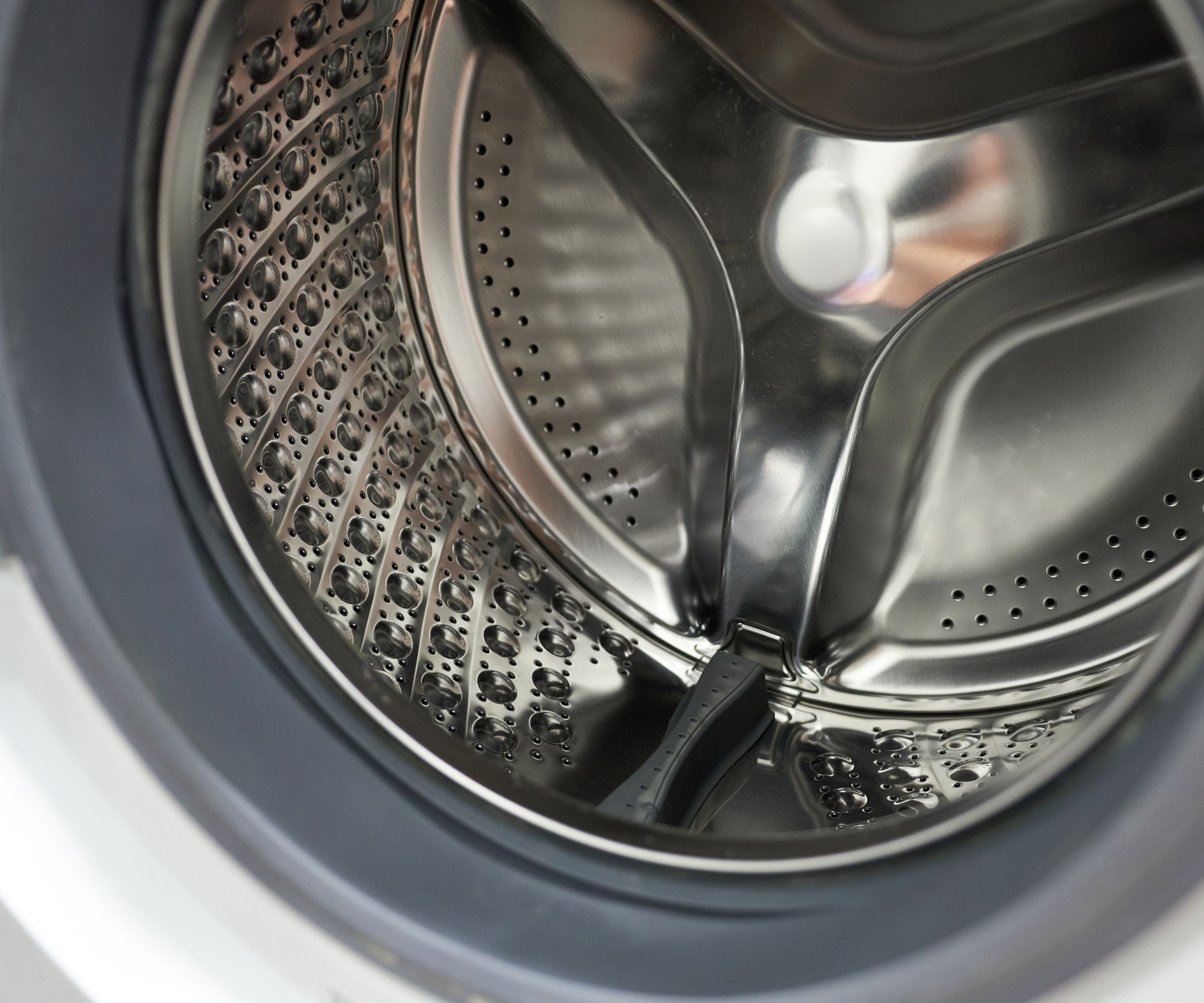
Glenn Lewis explains that the most common cause of a shaking washer is an overloaded drum. This is one of the most common washing machine mistakes and can lead to shaking, loud noises, damaged drums, and uneven laundry results (leaving behind odors or stains).
He says, 'First, stop the cycle or unplug the machine. Then try to redistribute the load evenly around the wash basket and start the machine again.'
To get out of this bad laundry habit, consider using a divided laundry hamper, such as the Joseph Joseph laundry hamper, from Amazon to sort clothes for laundry in advance. This way, you will have a better idea of when you have a full load of laundry to go in the washer, so things don’t pile up into overwhelming mountains that you then try to tackle in one go.
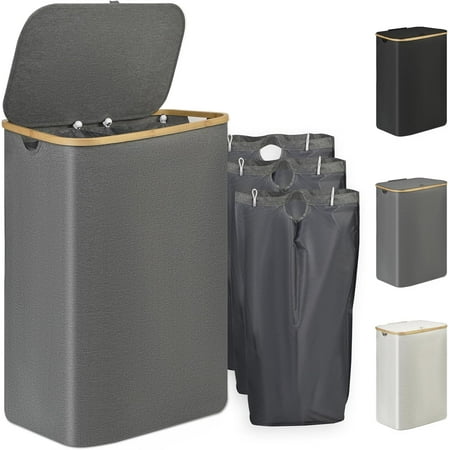
A laundry hamper with removable bags makes sorting laundry and taking it to the laundry room super simple.
2. Check the floor beneath
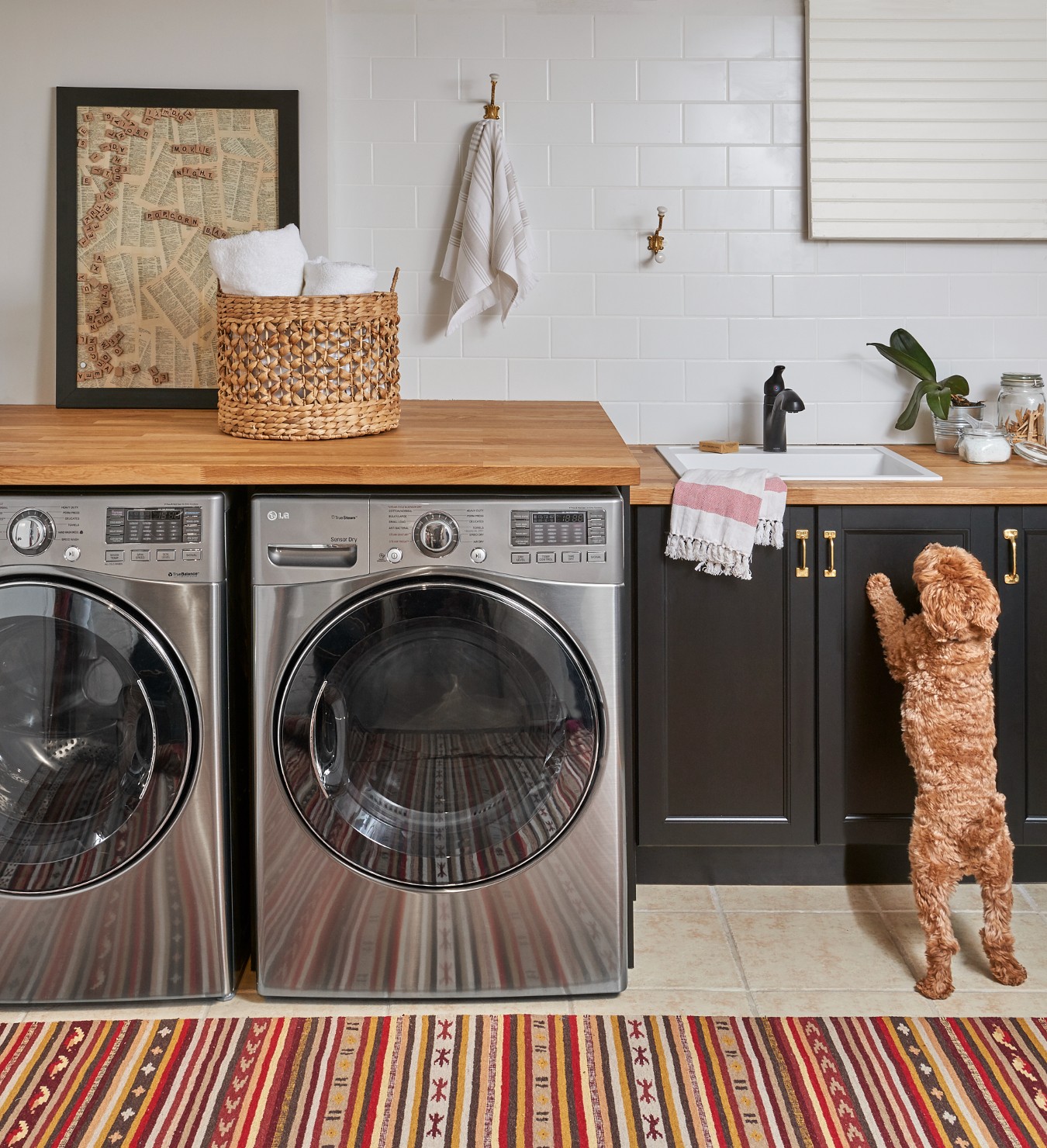
The next most common cause of shaking is a washing machine that is not sat level on the floor. This is one of the worst washing machine placement mistakes, causing the machine to rock and move, and can reduce how long your washing machine lasts. Luckily, it can usually be remedied by adjusting the feet on your washing machine to ensure it sits flat. They usually have circular pads you can move up and down to adjust each corner for balance.
Glen Lewis, appliance expert, adds that you should double-check your floor structural integrity when designing a laundry room too, as shaking can also be caused by ‘flooring that cannot support the heavy load of a washing machine. If the problem is in the sub-floor of your home, it can damage the structure of your home and could even hurt someone.’
It is vital you call a technician to assess the problem if you suspect it is the floor itself, Lewis warns. The same goes for elevated washers in cabinets. The shelf has to be reinforced to support the appliance.
3. Have it serviced
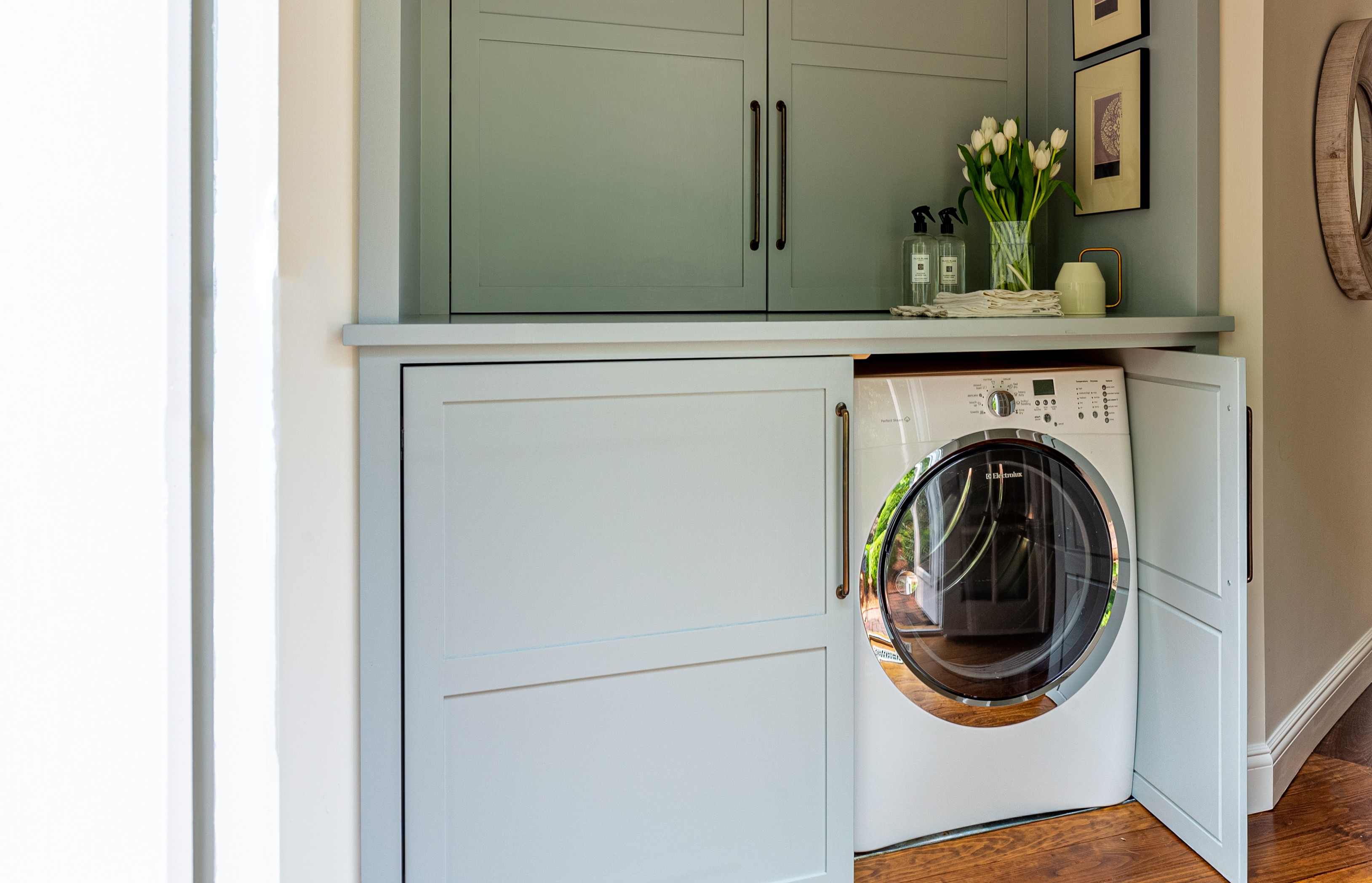
If the floor is supportive, the washing machine sits flat to the floor, and you don't overload your drum, then Glen warns that shaking could be caused by ‘loose or broken internal components. Excessive shaking can damage the machine over time, causing parts to come loose or break.
‘This is not a problem you can ignore,’ Glenn Lewis of Mr. Appliance says. ‘Let your appliance repair technician do a thorough diagnosis of the problem to make washing your clothes safe again.’
Ignoring this damage could also lead to your washer not draining or spinning – which is the last thing you want when your clothes are trapped inside with a drum full of water. It could be a warning sign it’s time to replace your old appliances.
4. Try an anti-vibration mat
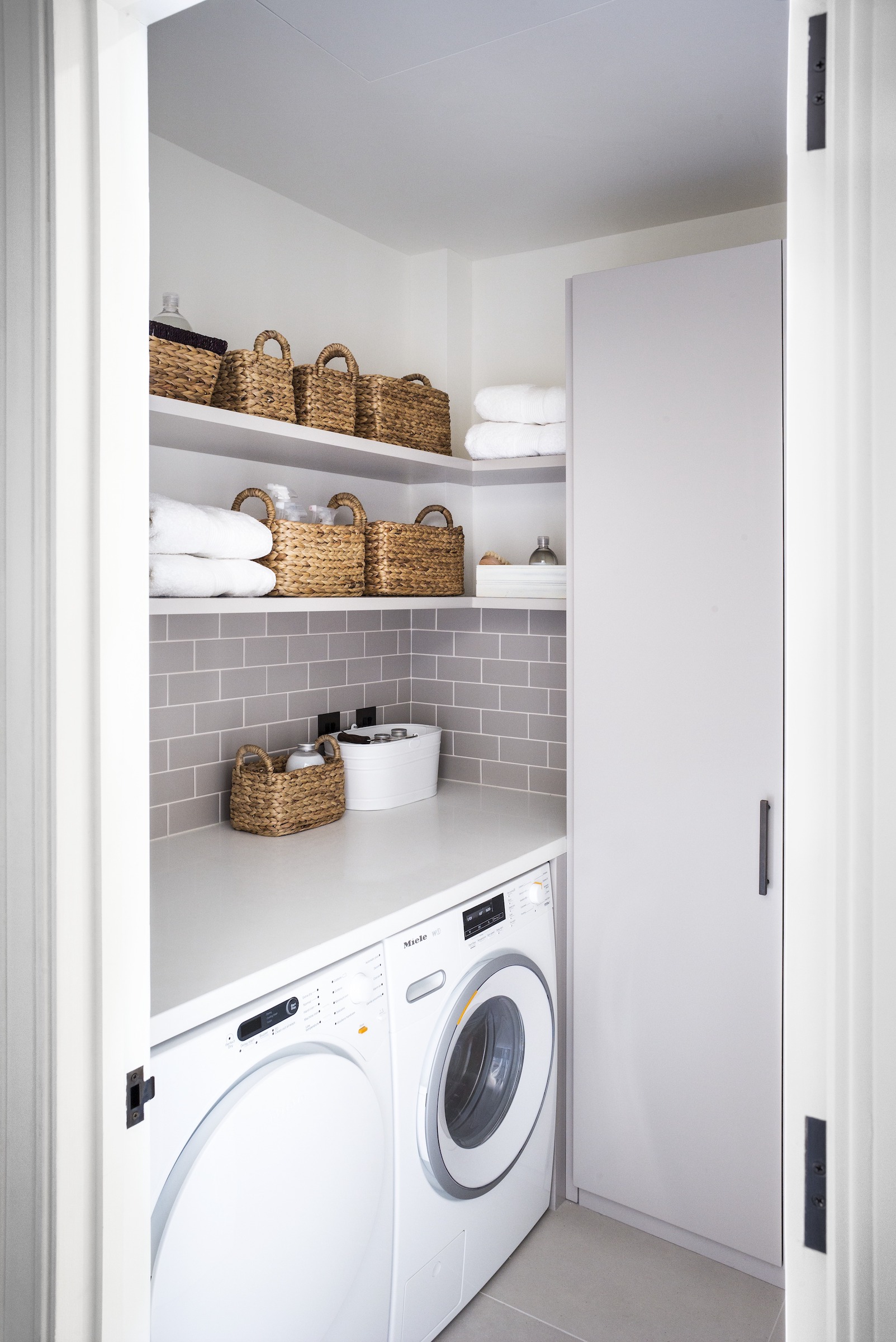
If your washer is in good working order, and nothing else seems out of place, it could come down to your washing machine being a particularly noisy model (which is often made worse when it's on a hard floor). To help reduce the vibrations that shake your home’s floors during laundry cycles, add an anti-vibration mat beneath your washer.
Anti-vibration mats, available at Amazon, absorb the shocks from your washer as the drum spins, reducing normal noise and shaking so your laundry is a little more peaceful.
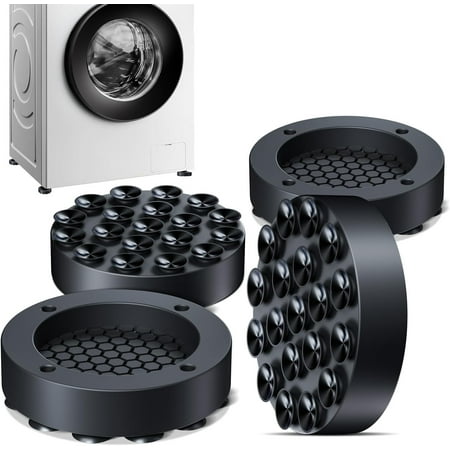
You can also opt for rubber feet that slip onto your washing machine's existing feet to limit shaking and vibrations.
A shaking washing machine is, more often than not, nothing to worry about, but it is always worth checking it out or having a professional service if it happens every wash.
Next, learn about the costly mistakes that are reducing the lifespan of your appliances.
Sign up to the Homes & Gardens newsletter
Design expertise in your inbox – from inspiring decorating ideas and beautiful celebrity homes to practical gardening advice and shopping round-ups.

Chiana has been at Homes & Gardens for two years and is our resident 'queen' of non-toxic living. She spends most of her time producing content for the Solved section of the website, helping readers get the most out of their homes through clever decluttering, cleaning, and tidying tips. She was named one of Fixr's top home improvement journalists in 2024.
-
 The biggest curtain trends to follow in 2025 – 8 key looks to shop that will instantly elevate your rooms
The biggest curtain trends to follow in 2025 – 8 key looks to shop that will instantly elevate your roomsThese are the colors, styles, and materials to embrace in your windows this year if you want desirable drapes, plus our favorite places to shop the trends
By Lilith Hudson
-
 Reese Witherspoon upgraded a small corner into a cozy reading nook – designers say you can replicate her 'ultimate little escape' (from $18)
Reese Witherspoon upgraded a small corner into a cozy reading nook – designers say you can replicate her 'ultimate little escape' (from $18)'It’s all about comfort, calm, and just the right amount of cozy': You only need three things to follow Reese's example – and it's not only for book lovers
By Megan Slack
-
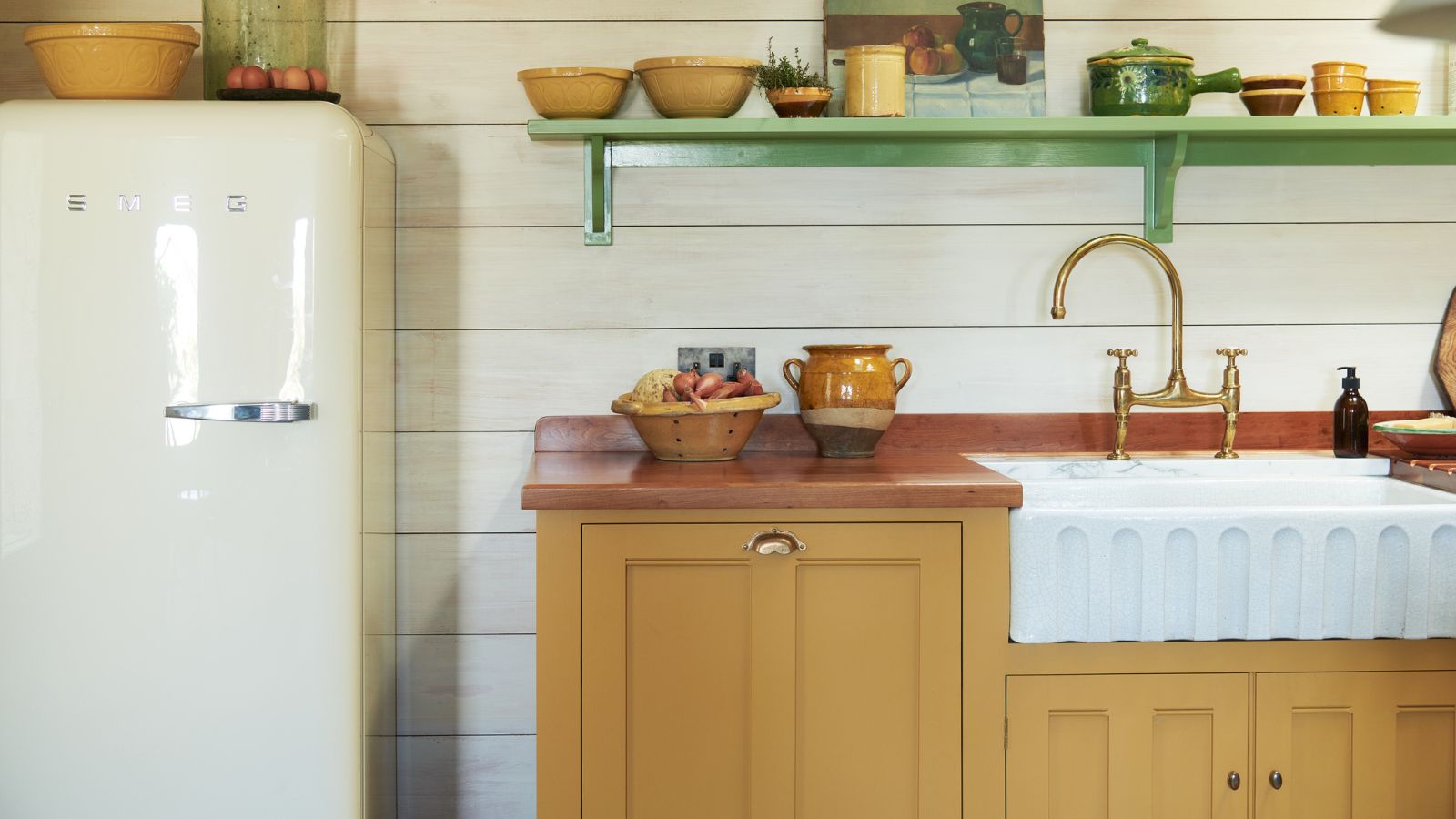 The 5 worst things you can do to your fridge – these will drive up energy costs and result in pricey and regrettable repairs
The 5 worst things you can do to your fridge – these will drive up energy costs and result in pricey and regrettable repairsIt's crucial to swerve these blunders, appliance experts warn
By Ottilie Blackhall
-
 Extend the lifespan of your appliance with 5 simple but crucial washing machine maintenance tips
Extend the lifespan of your appliance with 5 simple but crucial washing machine maintenance tipsFrom cleaning the filters to keeping the door open, experts reveal the washer tips they swear by
By Andy van Terheyden
-
 5 vital ways a home battery backup can help with your most urgent needs in a power outage – from heating to flood prevention and calls
5 vital ways a home battery backup can help with your most urgent needs in a power outage – from heating to flood prevention and callsExperts say they're a worthy investment
By Clement Feng
-
 I’m an HVAC technician, and this is when I turn on my AC each year – plus 5 checks I always do beforehand
I’m an HVAC technician, and this is when I turn on my AC each year – plus 5 checks I always do beforehandSave yourself an AC hassle by running my checks and turning it on before big heat hits
By Josh Mitchell
-
 6 things you should never throw in the trash – and what to do for safe disposal instead
6 things you should never throw in the trash – and what to do for safe disposal insteadFrom batteries to space heaters, experts reveal what not to throw
By Andy van Terheyden
-
 7 spring home maintenance mistakes to never make – overlooking these now can lead to pest problems and structural damage
7 spring home maintenance mistakes to never make – overlooking these now can lead to pest problems and structural damageHome improvement pros share common mistakes and what to do instead
By Eve Smallman
-
 10 common but little-known HOA fines to watch out for – and how to avoid them
10 common but little-known HOA fines to watch out for – and how to avoid themFrom sprinklers to garage doors and external pipes, your HOA contract may leave you open to a fine
By Eve Smallman
-
 I’m a homes editor and these are the 4 vital storage items I’m 'adding to cart' this spring – and why you should too
I’m a homes editor and these are the 4 vital storage items I’m 'adding to cart' this spring – and why you should tooI've learned a few hard lessons in recent weeks and these storage solutions will help
By Punteha van Terheyden